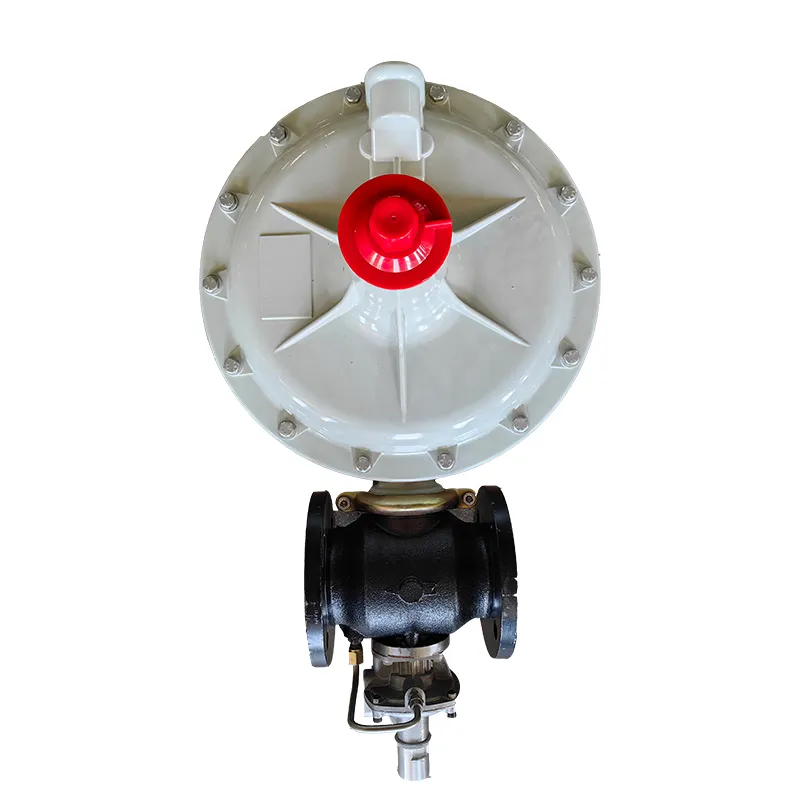
Nov . 18, 2024 18:12
Back to list
Gas Pressure Regulation Station for Efficient Delivery and Safety Management
Gas Pressure Reducing Station A Crucial Component in Gas Distribution Systems
A gas pressure reducing station (PRS) plays a vital role in the safe and efficient distribution of natural gas. As natural gas travels from production fields to end-users, it often undergoes various pressure changes throughout the transportation process. High-pressure pipelines are essential for moving gas over long distances; however, at the point of consumption, such as homes and businesses, gas must be delivered at much lower pressure levels. This is where gas pressure reducing stations come into play.
Located strategically within gas distribution networks, PRSs serve to adapt the pressure of gas to match the requirements of local distribution systems. The primary function of a pressure reducing station is to take high-pressure gas from transmission pipelines and reduce it to a safe and usable pressure for consumers. This process is crucial, as delivering gas at excessively high pressures could lead to equipment failures, safety hazards, and potential accidents.
A typical PRS consists of several key components pressure regulators, control valves, filters, and monitoring equipment. Pressure regulators are the heart of the station, where the actual reduction in pressure occurs. They adjust the flow of gas based on demand, ensuring that consumers receive a consistent supply at the desired pressure. Control valves complement regulators by managing the flow rates and maintaining stability within the system, while filters remove impurities that could damage associated equipment.
gas pressure reducing station

Safety is paramount in the operation of gas pressure reducing stations. Therefore, these facilities are equipped with various safety features, including pressure relief valves and emergency shutdown systems. These mechanisms are designed to prevent overpressure conditions, which could lead to dangerous situations. Regular maintenance and monitoring are also essential practices to guarantee the reliability and safety of PRSs.
In recent years, advancements in technology have led to the integration of smart monitoring systems within gas pressure reducing stations. These systems utilize sensors and data analytics to monitor pressure levels, flow rates, and the overall performance of the station in real-time. This not only enhances operational efficiency but also enables swift responses to any irregularities, further ensuring safety.
In conclusion, gas pressure reducing stations are essential for maintaining the integrity and safety of gas distribution networks. By effectively managing pressure levels, they ensure that consumers receive natural gas in a safe and controlled manner. As technology continues to evolve, the role of PRSs will become even more vital in delivering reliable energy to homes and businesses worldwide.
Latest news
-
Safety Valve Spring-Loaded Design Overpressure ProtectionNewsJul.25,2025
-
Precision Voltage Regulator AC5 Accuracy Grade PerformanceNewsJul.25,2025
-
Natural Gas Pressure Regulating Skid Industrial Pipeline ApplicationsNewsJul.25,2025
-
Natural Gas Filter Stainless Steel Mesh Element DesignNewsJul.25,2025
-
Gas Pressure Regulator Valve Direct-Acting Spring-Loaded DesignNewsJul.25,2025
-
Decompression Equipment Multi-Stage Heat Exchange System DesignNewsJul.25,2025

